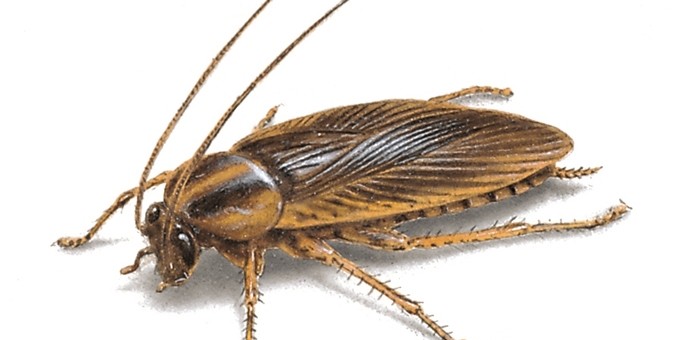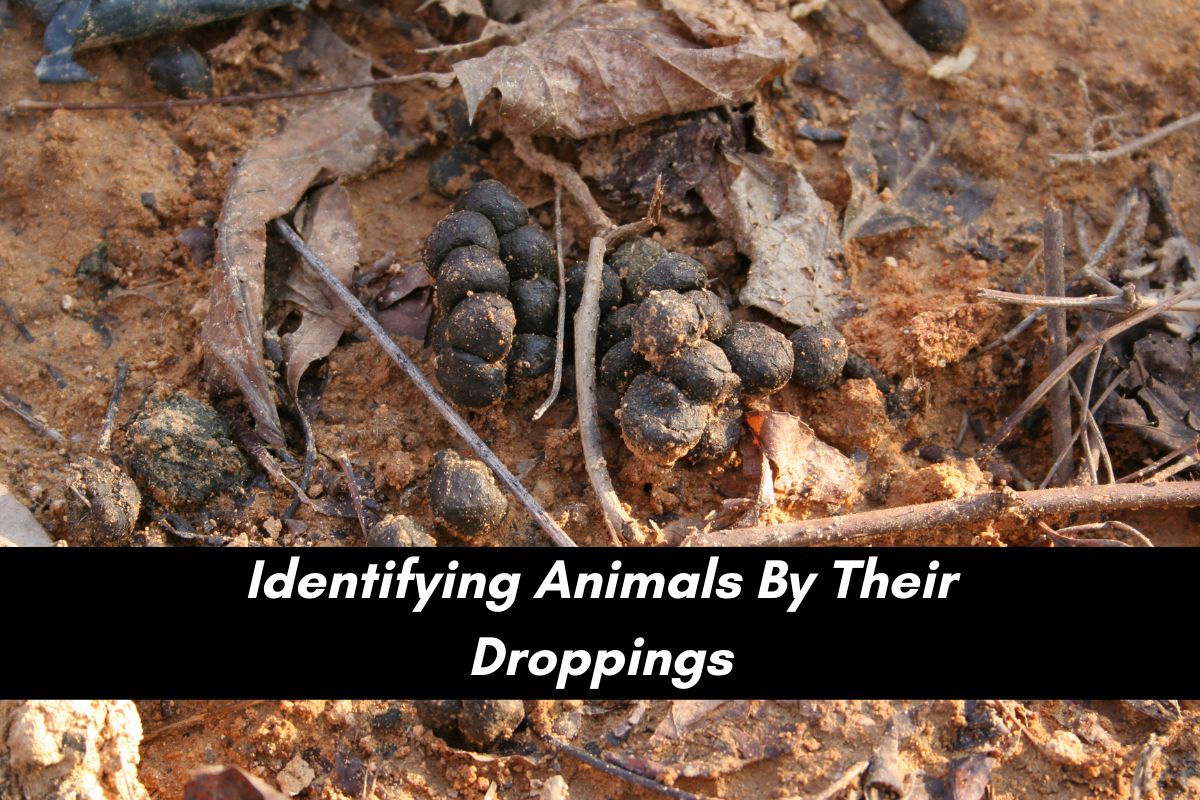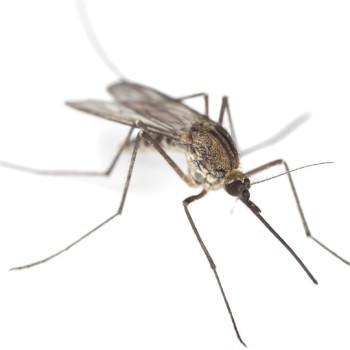
German Cockroaches In American Homes
- Posted by Lance
- On April 21, 2016
- 0 Comments
You’re not alone if you shudder at the mere mention of the word “cockroach,” nor if you’ve involuntarily yelped once or twice after flicking on the kitchen light to see one or two abandoning a pile of crumbs and scuttling towards a crack in the wall and wriggling through it.
Gross, right?
Chances are that the roaches infesting your home are German cockroaches. They are the most common indoor cockroach species, and they can be found in homes worldwide. And not only is the German cockroach most likely the type of roach that made you shriek; the German cockroach usually belongs to a large (and growing) population.
Breeding And Infestation – How They Get Inside And Why Are They So Common?
- The German cockroach lays more eggs than other inside/structure dwelling species.
- They have the smallest window from birth to sexual maturity among cockroaches. Combine that with laying the most eggs, and you’ve already got a problem.
- Females carry their eggs with them instead of leaving them in isolated areas. This way, the eggs do not face the dangers that other unattended eggs do.
- German cockroach nymphs are smaller than other cockroach nymphs, meaning they are harder to see and can hide more securely. You can find over 1,000 cracks in your kitchen in which a German cockroach nymph can safely hide.
- Nymphs clump together and with their mother. Plus, the species utilizes a pheromone specifically aimed at aggregating and keeping a population together.
- Most often, German cockroaches are carried into their environment, hiding in boxes, old appliances, or bags. In multi-unit buildings, such as apartments or townhomes, they can move easily between units by using the shared plumbing.
- Typically found in areas of high moisture and food, such as kitchen and bathrooms.
- Can eat just about anything, including toothpaste, soap and bookbinding, much less crumbs missed during cleanup or those dirty dishes left on the counter.
Risks And Extermination
Why does this matter besides the fact that cockroaches are disgusting pests? German cockroaches have the ability to transmit a number of diseases, such as E. coli, Salmonella spp. and Typhus. And, according to a federally funded research project, cockroach droppings and debris can be linked to asthma in children and were actually the number one allergic cause of asthma in the homes covered by the project.
Since German cockroaches live in such great numbers and are highly adaptive – their large populations allow them to build immunities to pesticides – it is recommended you rely on a professional pest control service to help with a cockroach infestation.











